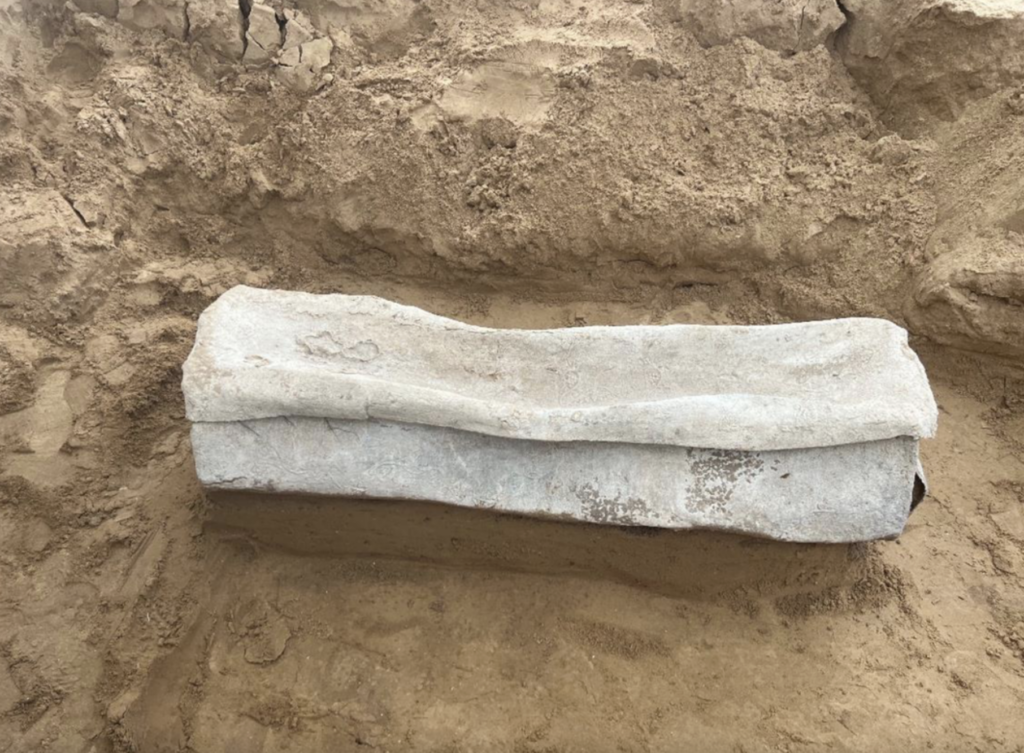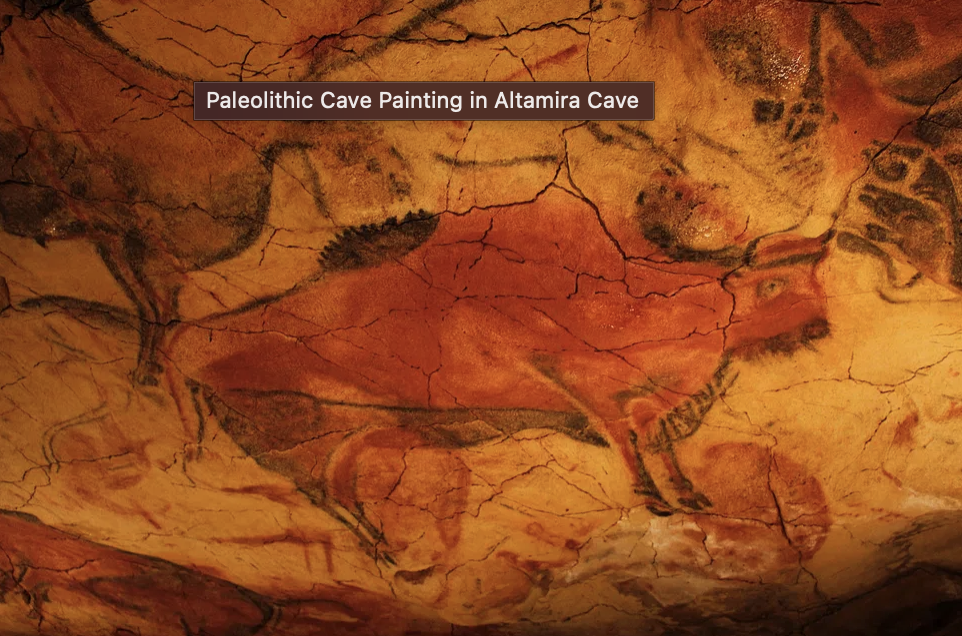In December of 2022, construction crews discovered an ancient burial site in Gaza. The crew made this discovery while working on an Egyptian-funded housing project near Jabaila, a city in the northern Gaza Strip. Since this discovery, crews of archaeologists have been working to excavate the massive site that covers an area of 2,700 square meters (Adwan 2023: 1). These crews are being overseen by French organizations. Luckily for the archaeologists, the graves are remarkably well-preserved, with many containing skeletal remains of Ancient Roman aristocrats. Not only is the site intact, but nothing has been stolen from the graves, which is rare according to Anthony Dutemple, who is the head of mission in Palestine for PUI, a French humanitarian group (Nowakowski 2023: 1).

The cemetery is about a mile from the ancient Mediterranean city of Anthedon, which was once inhabited by Romans. The area has a rich history that stems from its involvement in ancient trade routes between Levant and Egypt. Alongside the 125 tombs that have been discovered, there have also been two rare sarcophagi that are made out of lead. One of these sarcophagus was decorated with images of grapes, while the other was decorated with images of dolphins.

This site is helping to provide more information on human history. According to Rene Elder, a French archaeologist who is leading the dig, the tombs have “revealed a huge amount of information about the cultural material and also about the state of health of the population and the pathologies from which this population may have suffered” (Adwan 2023: 1). In addition to information on the health of the population, the site is providing information on the burial methods and funeral rituals in Roman times. Aside from this, the cemetery serves as a way to preserve the history of Palestinians, Romans, the Gaza Strip, and humans as a collective species.
When I read about this discovery, I thought back to our class discussions on the ethics of unearthing burial sites. Specifically, I thought of the controversies surrounding Native American burial sites and the laws that protect them, such as NAGPRA. Personally, I wouldn’t care if my remains were excavated for research purposes, but I understand that many people would disagree with this statement. Not only are the graves of these people being disturbed, which could be something that they did not want to happen, but the skeletal remains are going to be sent out of Gaza for additional analysis. The disturbance of and removal of skeletal remains from their resting places could be a source of controversy in the future.
Citation:
Adwan, Issam. 2023. “Archaeologists Unearth the Largest Cemetery Ever Discovered in Gaza and Find Rare Lead Sarcophogi.” AP, September 24, 2023. https://apnews.com/article/gaza-roman-sarcophagi-archaeology-6db292772c3f013575d2ad1a91315d14
Nowakowski, Teresa. 2023. “Roman-Era Cemetery With Over 100 Tombs Unearthed in Gaza.” Smithsonian Magazine, August 2, 2023. https://www.smithsonianmag.com/smart-news/roman-era-cemetery-tombs-gaza-180982634/
Al-Mughrabi, Nidal. 2023. “At Least 125 Tombs Discovered at Roman-Era Cemetery in Gaza.” Reuters, July 24, 2023. https://www.reuters.com/world/middle-east/least-125-tombs-discovered-roman-era-cemetery-gaza-officials-2023-07-24/
Additional Resources:
Below are two additional resources that are related to this post. One is an article by abcnews and the other is a YouTube video by Al Jazeera.


